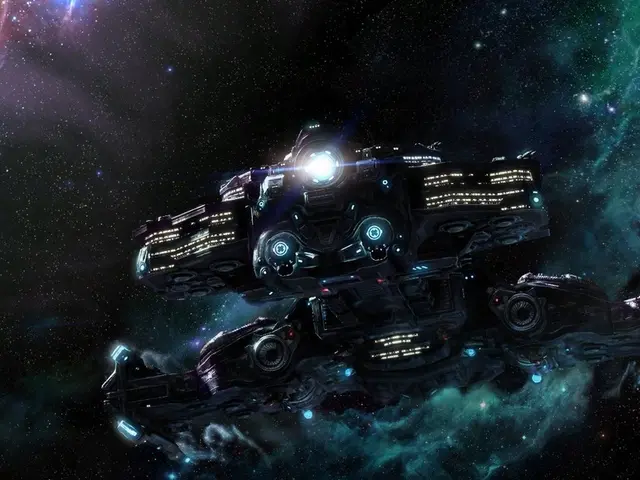Blue Origin Retires New Shepard Capsule RSS H.G. Wells After 12 Missions
Blue Origin has announced the retirement of its New Shepard capsule, RSS H.G. Wells, after a successful career spanning nearly eight years and 12 uncrewed missions. The capsule, named after the renowned science fiction author, was Blue Origin's workhorse for cargo flights.
RSS H.G. Wells first took to the skies in December 2017, following Blue Origin's use of the RSS Jules Verne capsule. It went on to fly seven missions this year alone, including its final flight, NS-35, carrying more than 40 payloads, such as student experiments and research from various institutions.
The capsule's last mission was a significant one, serving as the return-to-flight mission in December 2023 after the NS-23 incident in September 2022. During NS-23, the propulsion module failed, but RSS H.G. Wells landed safely, ensuring the safety of its cargo.
With RSS H.G. Wells' retirement, Blue Origin introduces its new crewed capsule, RSS First Step, and adds RSS Kármán Line to its fleet. After retirement, RSS H.G. Wells will be used for verification testing and later displayed at an undetermined location, serving as a testament to Blue Origin's advancements in space tourism and research.








